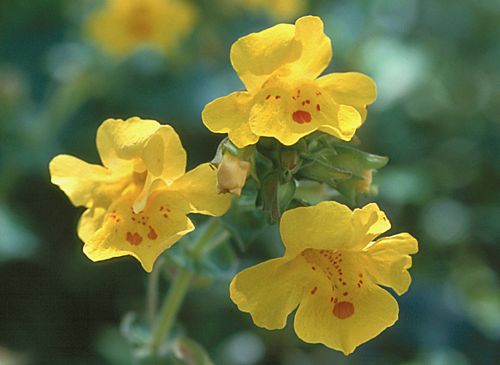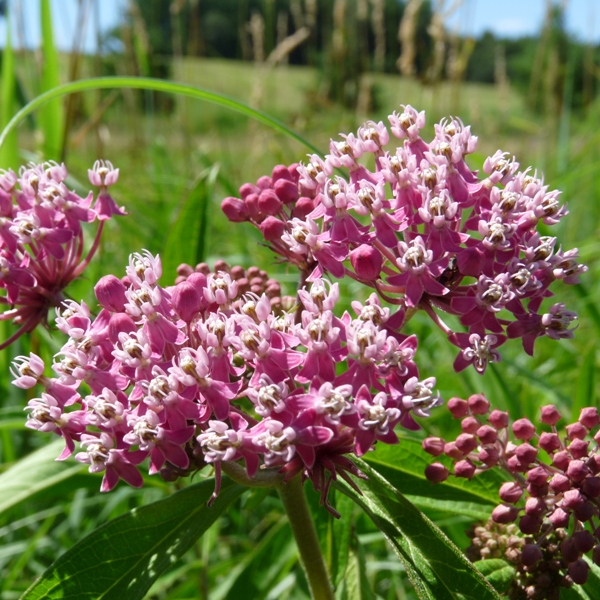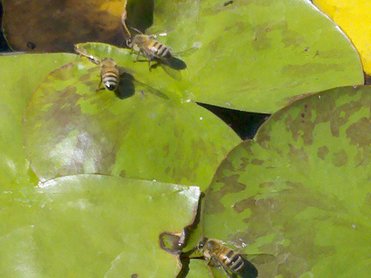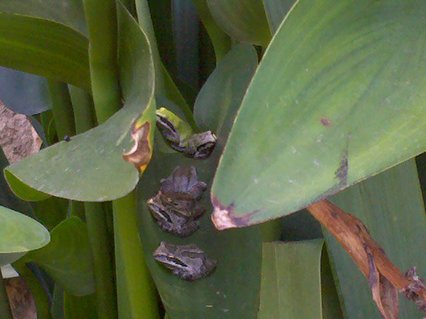
Non Chemical Pond Maintenance.
+We maintain ponds naturally with native wetland plants and ecology.
+Provide habitat in your yard for native dragonflies and damselflies, butterflies, bees, even Pacific chorus frogs.
+Koi, goldfish, and other fish are much healthier and more colorful when not exposed to algaecides and other environmental toxins.
+The herbivores we cultivate dine on the algae that clouds your water.
+We use our knowledge of the microbiological based chemistry occurring in your pond to keep the water balanced for you and your fish, your dog, cat, and the visiting birds.

My background is in Microbiology and Molecular Genetics. As Part of my PhD. Research I used chemical mutagens to generate bacteria defective in certain biochemical pathways. At pet stores, one can buy some of the same chemicals I used as mutagens to put in ponds or other outside sources of water in order to "control" algae.
The ironic thing is that if a fish has ever been exposed to some of these chemicals, by law that fish cannot enter the human food supply.
Hmmmm. So we are worried about eating a fish that has simply been exposed to certain chemicals. However, these same chemicals can be used to "control" algae in outdoor water systems. Water that animals (dogs, cats, native wildlife, beneficial insects etc.) are drinking! Sigh. And we wonder where all the bees have gone and why so many of us are sick.

Speaking of bees. A large hive is reported to be able to drink up to 10gal (yes ten) of water a day. They use it for evaporative cooling just like us. They put it around the hive entrance and a whole group then fan it with their wings.
Hee hee hee, bee swamp-cooler. Hmmmm they are putting any chemicals in the water right in their entrance and concentrating it by evaporation 1,000 10,000 maybe hundreds of thousands of times. Do you think the chemical companies have tested those concentrations? – on bees?
We put over 2.5 million tons of pesticides and herbicides on the world every year. 30% on the US and much of that by homeowners. The terrible Gulf Of Mexico Oil Leak was at most 10,000 tons of oil a day for 90 days. I used to say "You do the math." But I'll help out a little. The _total_ Gulf of Mexico Oil leak would be 900,000 tons of oil. Vitually identical to the amount of pesticides we spray on the United States-- every single year.
And oil is not really that toxic in itself. Oil was not purposefully designed to kill things. My friends ... if the name ends with C I D E ... like pesticide, fungicide, insecticide, algaecide ... It kills things. And I know of no toxin that only affects the one thing it was designed for.

Ask a frog to design your pond.” There are a host of design items for new and remodeled ponds that will help you have a long term stable environment (and frogs with smiles on their faces.) Here is a sample.
Don’t just dig a hole in the ground. Dig many (no, really, lots of them) shelves, slopes, and holes to provide different levels to create different microenvironments to support different microorganisms. Be sure to have different shapes around the sides. Streams are really fun. As a direct correlation, the more interesting your pond hole is ... the prettier your pond will be. Even if it is small.
Again even if it is small, at least some part of the pond should be at least 3 feet deep to allow your fish to move up and down the water column to regulate their temperature and avoid stress. A portion of the pond in the photo is nearly as deep as it is wide.
Don’t use algaecides , UV, or Ozone to maintain the pond’s water clarity. These toxins, in addition to the hazards of pesticides described above, will destroy algae but also stress your fish and kill many other important food sources for developing dragon flies, tadpoles, baby fish, and other living creatures.
PuraVida Aquatic's desire is to create long term stable ecosystems that do not need chemical assistance. A few specifics on how we do it.
We cultivate many types of aquatic herbivores and select appropriate ones for the needs of your pond. The herbivores we select, after dining on the algae that clouds the water and prevents you from seeing your fish, further benefit the ecology of your pond by providing a source of food for dragonfly larva, diving beetles, baby fish and other pond denizens.
Use our knowlege of the microbiological based chemistry occurring in your pond to keep the water chemically balanced for your fish.
Ensure that your dog, cat, and the visiting hummingbirds can safely drink the water.
If you are in northern San Diego county, the beach communities between San Diego and Los Angeles, or Los Angeles itself we can help you maintain your water feature or pond non chemically. Please call now 310 429 8477 or email.